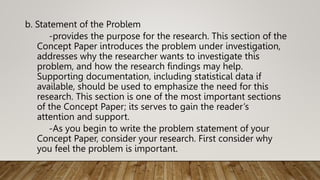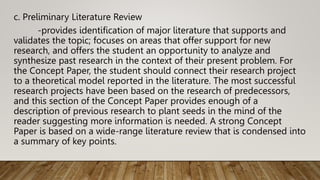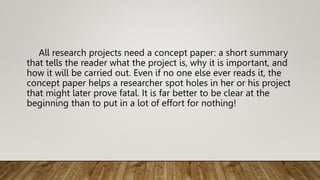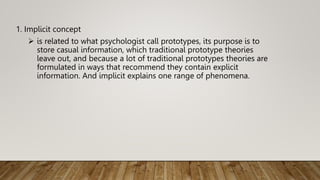This document provides information about concept papers, including their purpose and typical structure. A concept paper summarizes a proposed project, including its objectives, methodology, and importance. It is used to obtain feedback on project ideas and determine feasibility before developing a full proposal. A typical concept paper introduces the proposed project, describes the rationale and background, outlines the project goals and methodology, and explains the project's significance. It serves to help funding agencies understand and evaluate project proposals in a concise manner.
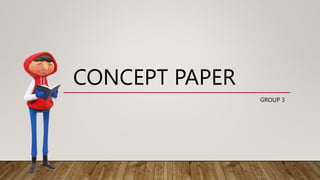
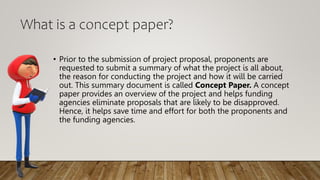
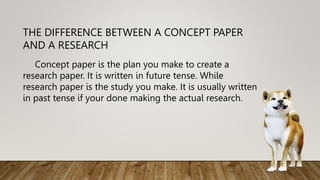

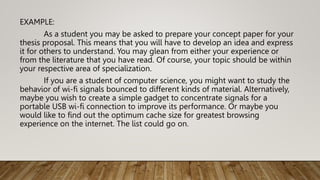


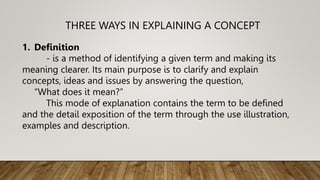
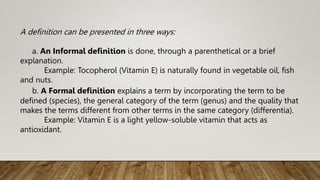
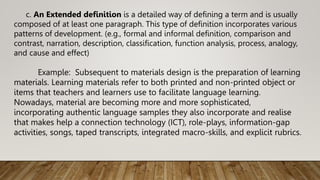



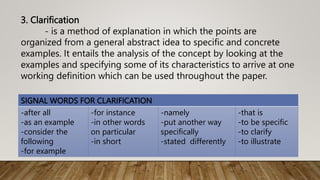
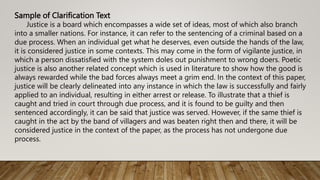


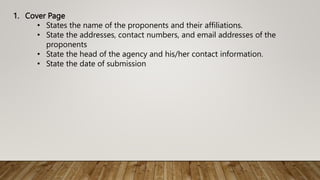

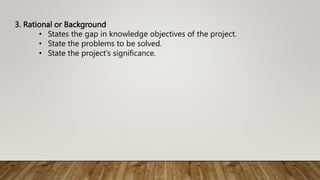


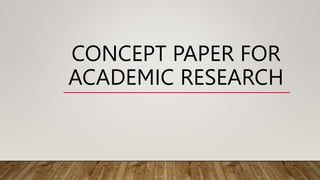
![a. Title Page
-provides a tentative title for the dissertation. The title of
the Concept Paper should be a stand-alone statement
that can fully describe the project by summarizing the
main idea of the manuscript. The title should concisely
identify the variables being investigated and the
relationship among those variables (American
Psychological Association [APA], 2010). Words should
serve a useful purpose; avoid words that do not add
substance or words that are misleading. The title of the
Concept Paper may become the title of the dissertation.](https://image.slidesharecdn.com/conceptpaper3050213-240210092023-83138cc1/85/CONCEPT-PAPER3_050213-pptx-24-320.jpg)

